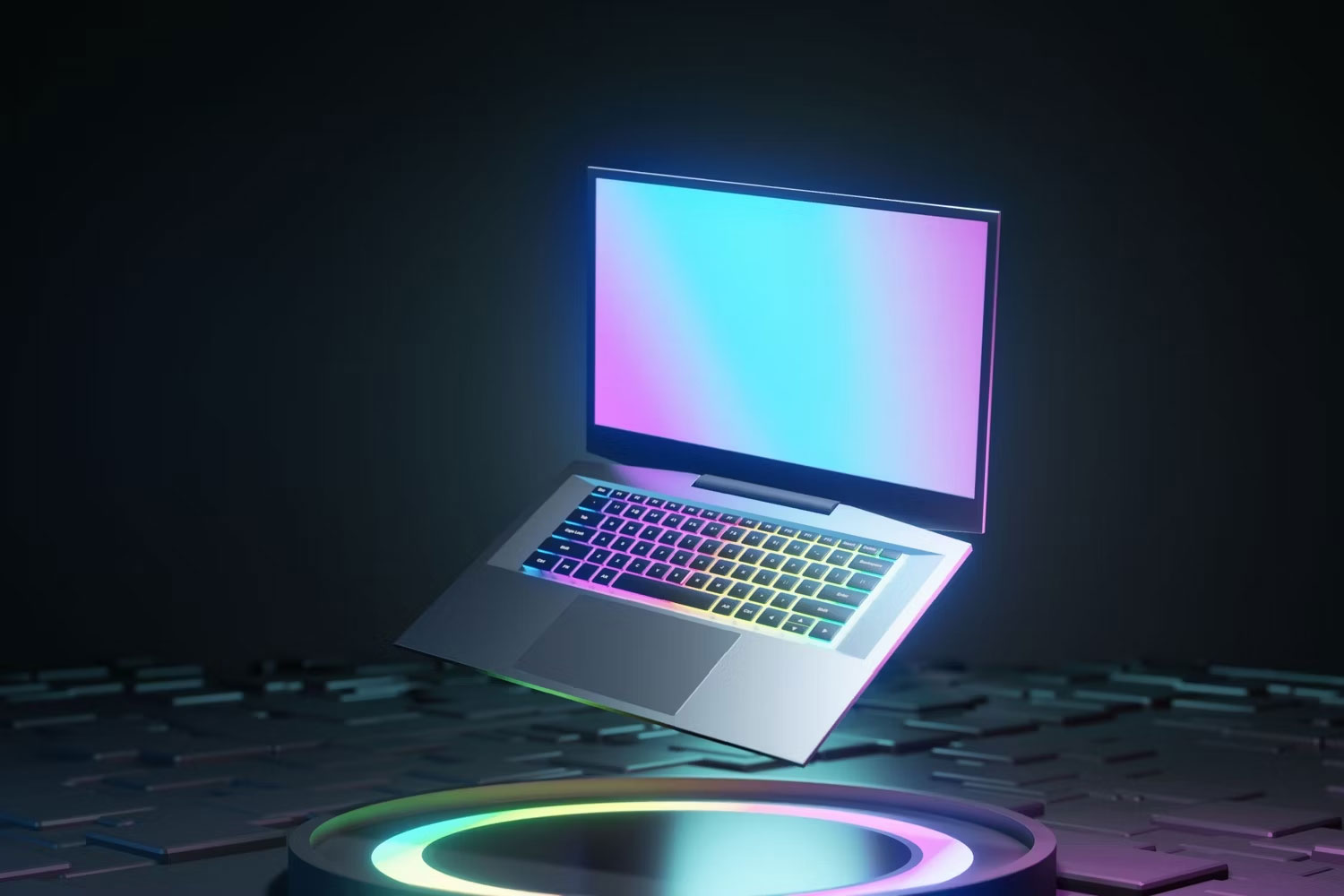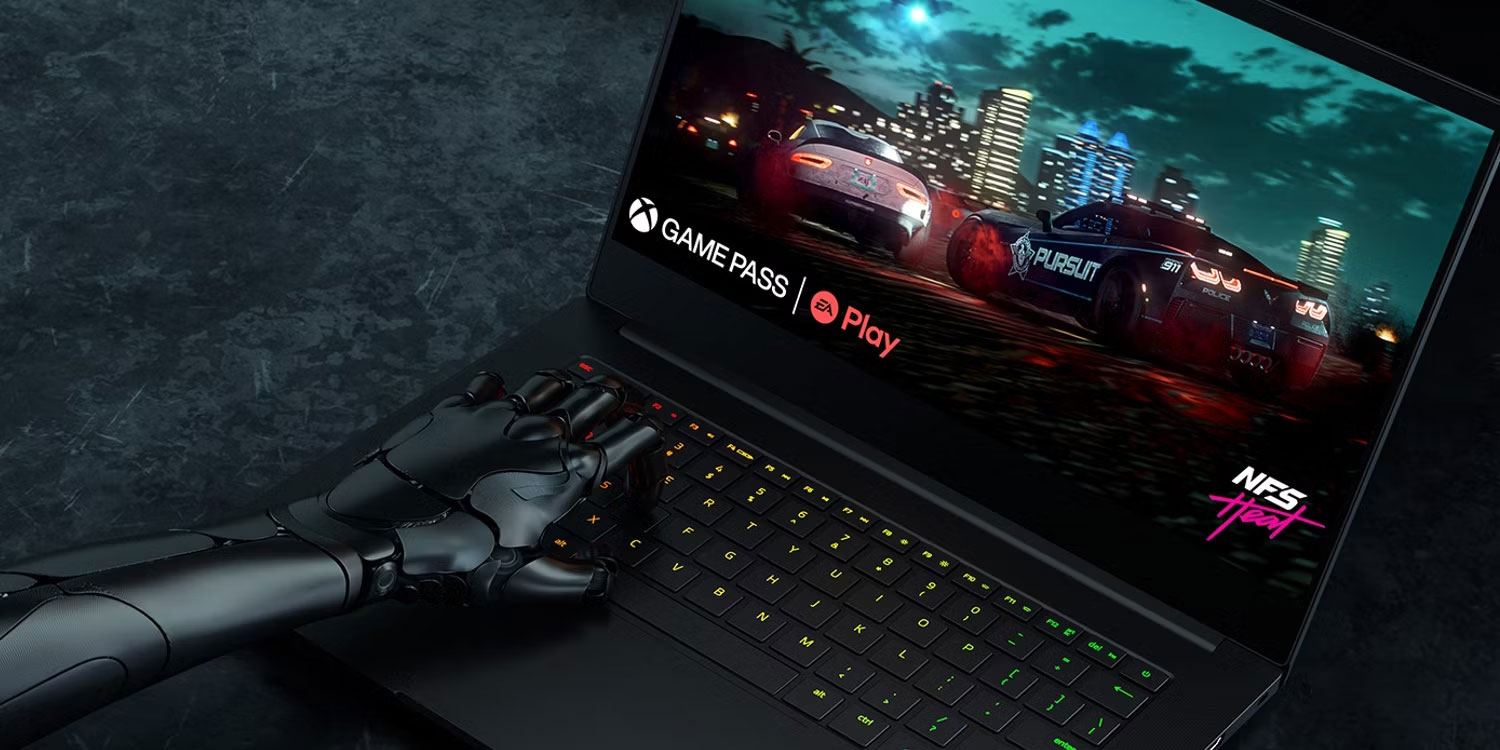What size gaming laptop is best?
Gaming laptops come in all shapes and sizes, and deciding which one to choose can be a challenging task. You have to balance power and portability while staying within your budget, and the sheer number of options available doesn't make the choice any easier.
So what size gaming laptop is the best choice?
Why are 15 inch and larger laptops popular?

15 inches has become the preferred screen size for some of the most popular gaming laptops on the market, as it gives manufacturers enough space in the chassis to fit powerful components that deliver good performance without worrying about heat, power, or overall cost. They also strike a balance between power and portability that 16-inch and larger options don't offer.
You'll also find plenty of 16-inch gaming laptops on the market, which are even better if you want the most performance for your money. 15-inch laptops can get quite hot if not properly cooled, but 16-inch chassis don't have the same issues because they're usually pretty well cooled all around.
They also tend to have more powerful components thanks to the extra cooling space. You'll also get better, higher-resolution displays. However, all of this comes at the cost of added weight. Combined with the power supply, laptops 16 inches and larger can be significantly heavier. You also don't get as good battery life due to the more powerful hardware, so the power supply may become a necessity.
Finally, 17- and 18-inch gaming laptops also exist and are considered portable desktops. However, they are not as popular as the larger options, meaning you won't be able to carry them around in your backpack all day.
Why are 14-inch laptops great for gaming?
14-inch laptops are a different story, however. They're a bit pricey, but for around $1,500 to $1,800, you can get a pretty good machine that can run games, has a great display, good battery life, and even charges via USB-C—all in a small, relatively light device.
The price range can vary significantly depending on the exact model and specifications you buy, but keep in mind that you'll be losing performance because the manufacturer doesn't have as much space or power to cool a more powerful chip running at a higher TGP (total graphics power).
However, unless you like to play every game at the maximum possible graphics settings, newer 14-inch gaming laptops like the Asus G14, Omen Transcend 14, and even the older Alienware X14 R2 are powerful enough to run most, if not all, modern games.
You also won't have to compromise much in terms of frame rate or graphics quality, as you can easily hit medium to high settings (60FPS and above). With Intel's Lunar Lake chips looking like a game changer when it comes to performance and power efficiency, the performance difference will narrow even further. Technologies like Auto Super Resolution, DLSS, and Microsoft's FSR can help, boosting graphical fidelity without sacrificing much performance.

Of course, all this performance comes with the benefit of a smaller, lighter device that you can carry around and use in places where a 15-inch or larger laptop wouldn't fit.
On paper, the difference between a 14-inch and a 15-inch laptop is subtle. You'll feel it the first time you use a smaller laptop, and the portability of a PC opens up many other ways you can use it. And what good is a laptop that you can't use when you're away from a desk or a power outlet?
There are a number of features and specs to consider before buying a high-performance or gaming laptop, but you'll likely find all of them on 14-inch laptops because they're typically high-end devices. If you find one that fits your needs, you can have a pretty good time.
What is the ideal gaming laptop screen size?
If you want the best graphics possible and prefer a larger screen, then a 15-inch or larger option is a good choice. However, consider a 14-inch laptop before making a decision. You can easily get used to this screen size, so it's worth considering.
However, if you're willing to sacrifice a bit of performance for better battery life and a smaller size, the 14-inch laptop will be pleasantly surprised. There's a price barrier, but the overall experience is well worth the investment.
 If you're not already using this type of keyboard, it's time to switch!
If you're not already using this type of keyboard, it's time to switch! Top good games like Black Myth Wukong you should not miss
Top good games like Black Myth Wukong you should not miss How to download, install and play Black Myth Wukong on PC, Laptop
How to download, install and play Black Myth Wukong on PC, Laptop Tips to Make All Your Spotify Music Sound Better
Tips to Make All Your Spotify Music Sound Better Instructions for using the TRIMRANGE function to clean up Excel tables
Instructions for using the TRIMRANGE function to clean up Excel tables How to change Google Chrome wallpaper on computer extremely simple
How to change Google Chrome wallpaper on computer extremely simple